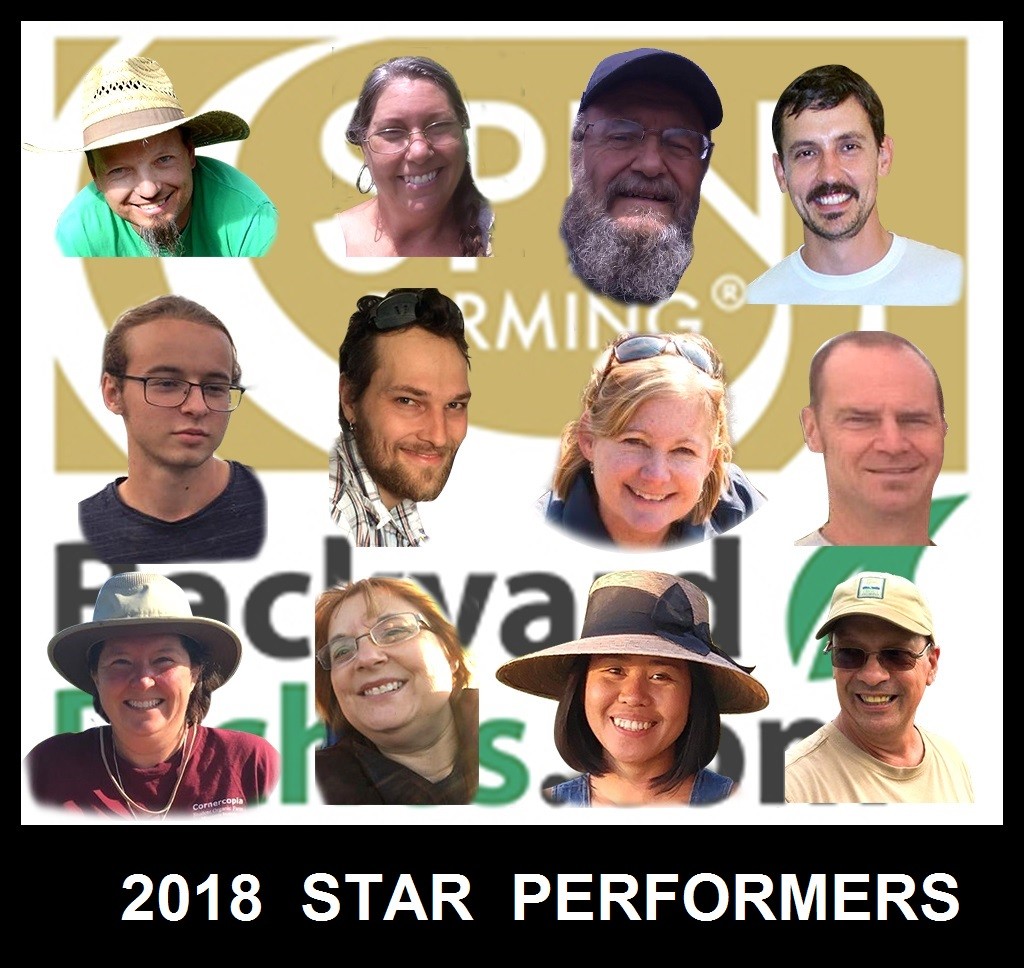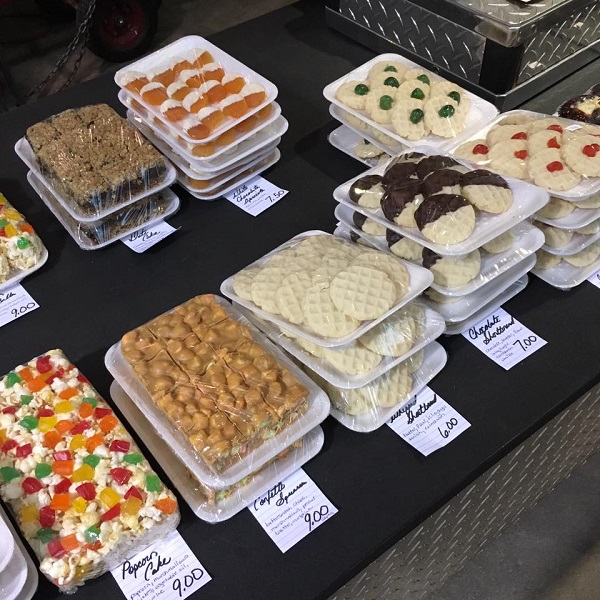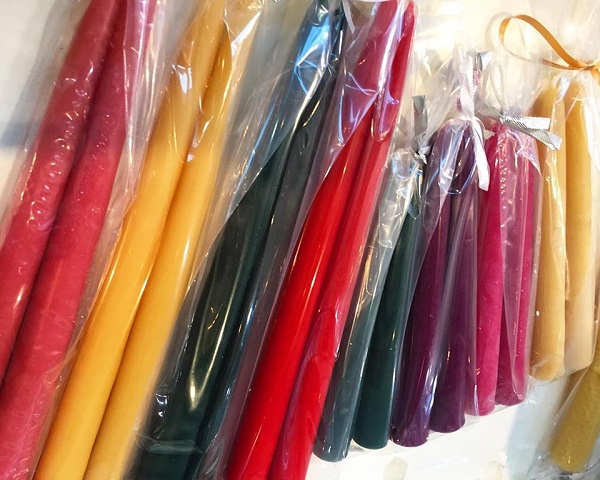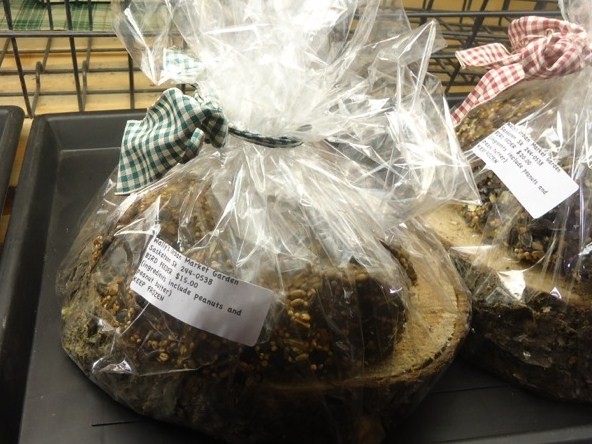Here’s SPIN-Farming’s Alphabet List of 2019 Trends to look forward to, culled from all the presentations at this year’s Member Meetups. Thanks to all of the forward thinking SPIN farmers listed below who presented their business plans, how they implemented them and the revenue they targeted and achieved.
SPIN’s online Member Meetups are THE place to get in on the latest entrepreneurial farming trends as they are happening and learn from the real-world experience of those who are using SPIN-Farming to create and develop successful businesses. If starting a farm business, or learning the business of growing food, is on your New Year’s to-do list, you’re welcome to join in. (see below).
SPIN’s Alphabet of 2019 Trends
Agrihood – free land access and captive market
Buying clubs – gets around the bad rep of CSA’s
Compostable containers – consumers want them and will pay for them
Demographics – need to target customers more accurately, now that local is such a large market
EBT’s – catering to the underserved is a big opportunity
Food safety – using it as a competitive advantage
Ginger – new niche crop which works pretty far north
Hiring – some actually need a parking lot for their workers
Ingredient analysis – big part of value added products
Jackfruit – reselling non-local fruits leads customers to your local vegetables
KETO – the special diet crowd becomes a sizable market
Loofa – diversifying with health/beauty products
Moving the farm – not hard to do, is being prompted by search for better markets
Nutrition information – consider it a value add
Onsite farm stands – more are doing them
Pricing power – average unit pricing is increasing to $4, 3 for $10 Quick freeze- farm to freezer is the next big opportunity to expand the local food market
Rural – urban farmers are giving up the city to expand
Snacking – lots of new product opportunities and customers here
Transit stops – farmers markets are setting up there
Unit prices – the average is creeping up to $3
Vistaprint – your partner for brand building; great for sings, business cards, banners
Weddings – brides want local flowers
X-piration date – prepared foods have a shelf life that needs to be stated
York Fresh Foods – new urban farm role model that is more sustainable
Zoning – city governments are finally taking commercial urban farming seriously
SPIN Farming 2018 Start Performers
Chris Kimber, 3 Crows Farm, Cranbrook BC Lisa Patton, Hope Rising Farm, Garden City MO
Steve Patton, Hope Rising Farm, Garden City MO Ryan Doan, Urban Greens, Cincinnati OH
Nick van Riper Urban Greens, Cincinnati OH Tom Hinman, Sweet Harvest, New Hartford CT Blythe Woods, Maggie’s Farm Gettysburg, Gettysburg PA Rex Landings, Cackleberry Farms, Meridian ID Courtney Tchida, Cornercopia Organic Student Farm, Univ. of MN, St.Paul MN Cathy LeValley, New Earth Micro Farm, Unionville, MI Lourdes Casañares, Masagana Flower Farm, La Broquerie MB
Bruce Manns, York Fresh Foods, York PA
WANT TO GROW WITH THESE PRO’S?
There are two options. You can purchase membership here, to participate in our online support group and get access to all past and future Member Meetups as well as monthly instant learning sessions conducted by SPIN-Farming’s creator, Wally Satzewich.
If you are committed to starting a business, purchase our learning program here which also comes with a trial membership. Be on trend and in the money in 2019!















